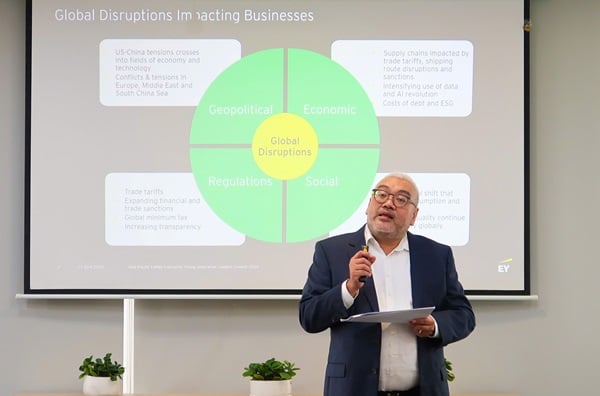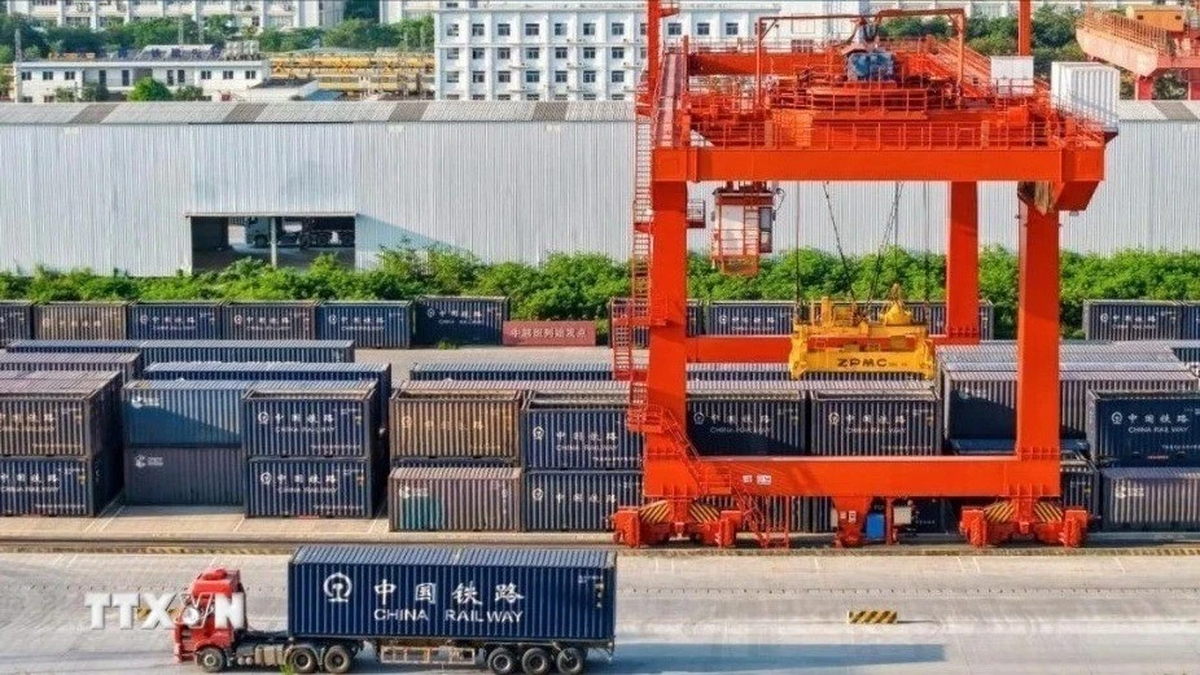According to the Global Family Business 500 Index 2025 report, conducted by EY in collaboration with the University of St. Gallen, the world's largest family businesses generate a total revenue of up to 8.8 trillion USD - equivalent to the world's third largest economy if calculated as a single country. They employ 25.1 million people, operate in 44 countries, of which Asia accounts for 18% with 89 businesses participating.
In Vietnam, although there is no clear legal definition of family businesses, according to EY, up to 80% of domestic businesses may have family elements, contributing a large part of GDP and employment. However, most of these businesses are young, formed after Doi Moi, and do not meet the age or generational transfer requirements to be included in the global rankings.
Regional perspective from EY: Asian family businesses face upheaval
Mr. Desmond Teo, EY Family Business Services Leader, Asia Pacific , commented that family businesses in the region are operating in a volatile global environment, with many intertwined challenges such as geopolitical tensions, trade wars, supply chain disruptions, and new regulations related to global minimum tax, ESG or data.

He also said that of the 89 Asian family businesses included in the Global 500 Index, 17 are from the ASEAN region. Some notable names include CP ALL Plc. (Thailand) – the largest family business in ASEAN, and Ayala Corporation (Philippines) – the oldest business in the region with a history dating back to 1834. According to Mr. Teo, facing rapid changes in technology, consumer behavior and the business environment, family businesses are forced to reconsider their development strategies, in which diversification and digital transformation are two key directions.
Vietnam: Generational Transition Wave is Coming
According to Mr. Tran Dinh Cuong, Chairman of EY Vietnam, after more than 30 years of development, the first founding generation of Vietnamese family businesses is gradually entering their 60s and starting to think about finding successors. The situation of heavy dependence on the founder is still common, while most businesses still do not have a clear succession plan. He said that generational succession in Vietnam is expected to take place strongly in the coming years. However, this process also has many potential risks if not carefully prepared, especially factors related to strategy, succession personnel and appropriate governance mechanisms.

Four Foundational Strategies for Multigenerational Family Businesses
Robert (Bobby) Stover, Jr., EY Family Business Services Leader for the Americas, said there are four core strategies that multigenerational family businesses globally are implementing: growth strategy, capitalization strategy, shareholder liquidity strategy and generational transition strategy.
“I want to emphasize that you have to have all four strategies, and they all work together. Think of it as a four-legged stool; if you take away one of the four legs, the stool will collapse,” he said.







































































































Comment (0)